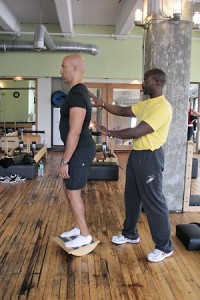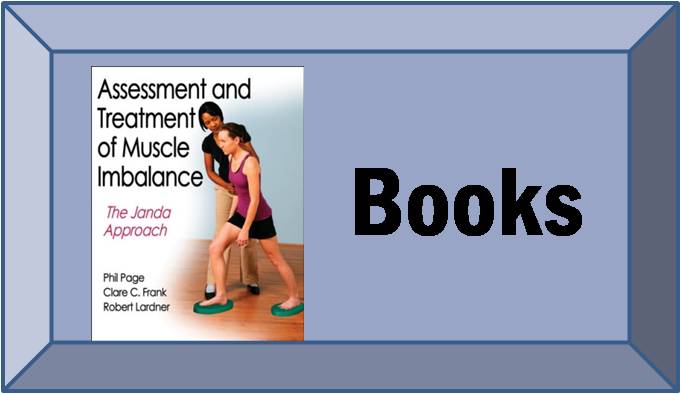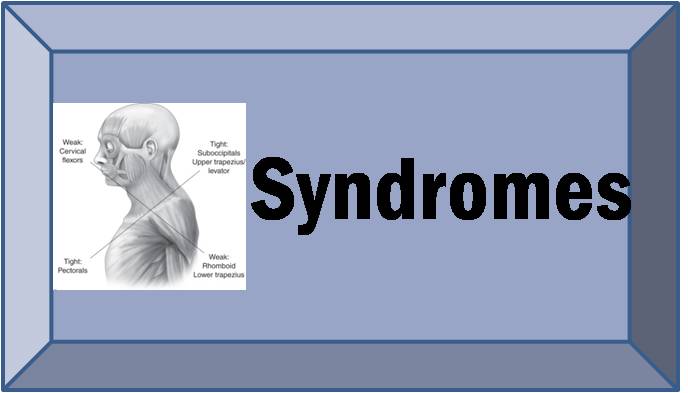Anterior cruciate ligament (ACL) tears are often detrimental to an athlete’s season. Biomechanical analysis of the lower extremity suggests that cutting maneuvers increase the load on the ACL by increasing valgus and internal rotation forces when the knee is extended. While reconstructive surgery and rehab are often successful, it’s obvious that preventing ACL injuries through training and conditioning would be beneficial.
 Some controversy exists regarding the optimal method of training for preventing ACL injuries in athletes. Researchers recruited 50 Australian Rules football players and randomly assigned them to one of 4 training programs: machine weights, free weights, balance training, and machine weights plus balance training. The balance training groups performed sensorimotor training exercises using balance boards, mini trampolines, inflatable disks, and exercise balls. Subjects were tested before and after the 12-week programs for knee loads during running and cutting maneuvers. The balance training group significantly decreased their peak valgus and internal rotation moments during the cutting maneuver, which may help reduce the risk of ACL injuries.
Some controversy exists regarding the optimal method of training for preventing ACL injuries in athletes. Researchers recruited 50 Australian Rules football players and randomly assigned them to one of 4 training programs: machine weights, free weights, balance training, and machine weights plus balance training. The balance training groups performed sensorimotor training exercises using balance boards, mini trampolines, inflatable disks, and exercise balls. Subjects were tested before and after the 12-week programs for knee loads during running and cutting maneuvers. The balance training group significantly decreased their peak valgus and internal rotation moments during the cutting maneuver, which may help reduce the risk of ACL injuries.
In contrast, the strength training groups (machine weight and free weight) tended to increase their knee loads that place stress on the ACL. The authors recommend that athletes should perform sensorimotor training to reduce the risk of ACL injury. This study helped explain the well-established preventive benefit of balance training to prevent ACL injuries. Resistance training may increase strength, but does little to improve the unconscious reaction of muscles that provide dynamic stability during functional movements. This dynamic stability—or ability of muscles to quickly and subconsciously activate—is the key to preventing ligamentous injury by keeping joint movement within a physiological norm. Dr. Janda always stressed the importance of muscle reaction and speed of contraction, rather than muscular strength.
Cochrane JL, et al. Training affects knee kinematics and kinetics in cutting maneuvers in sport. Med Sci Sports Exerc. 2010 Aug;42(8):1535-44.












